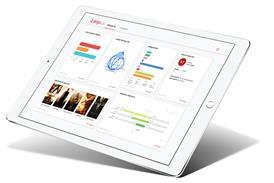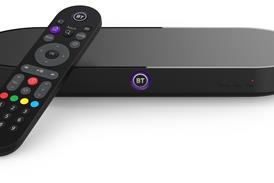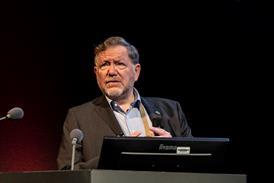Blog: Teaching old dogs new tricks

In the fresh connected world of IP, do years of experience in broadcast engineering still count, or should veteran technicians just hang up their SDI cables and retire?
The all-IP world is upon us. Depending on who you listen to, it will either change everything, or be so perfectly implemented as to be seamless.
The truth is, unlike recent technological changes like widescreen and HD, audiences won’t notice anything different. However, that is not the case on the other side of the screen. True, cameras, lenses, lights, microphones, mixing boards, and edit suites will still do the things they’ve done in the past, but…
Read the full article

Sign up to IBC365 for free
Sign up for FREE access to the latest industry trends, videos, thought leadership articles, executive interviews, behind the scenes exclusives and more!
Already have a login? SIGN IN

















